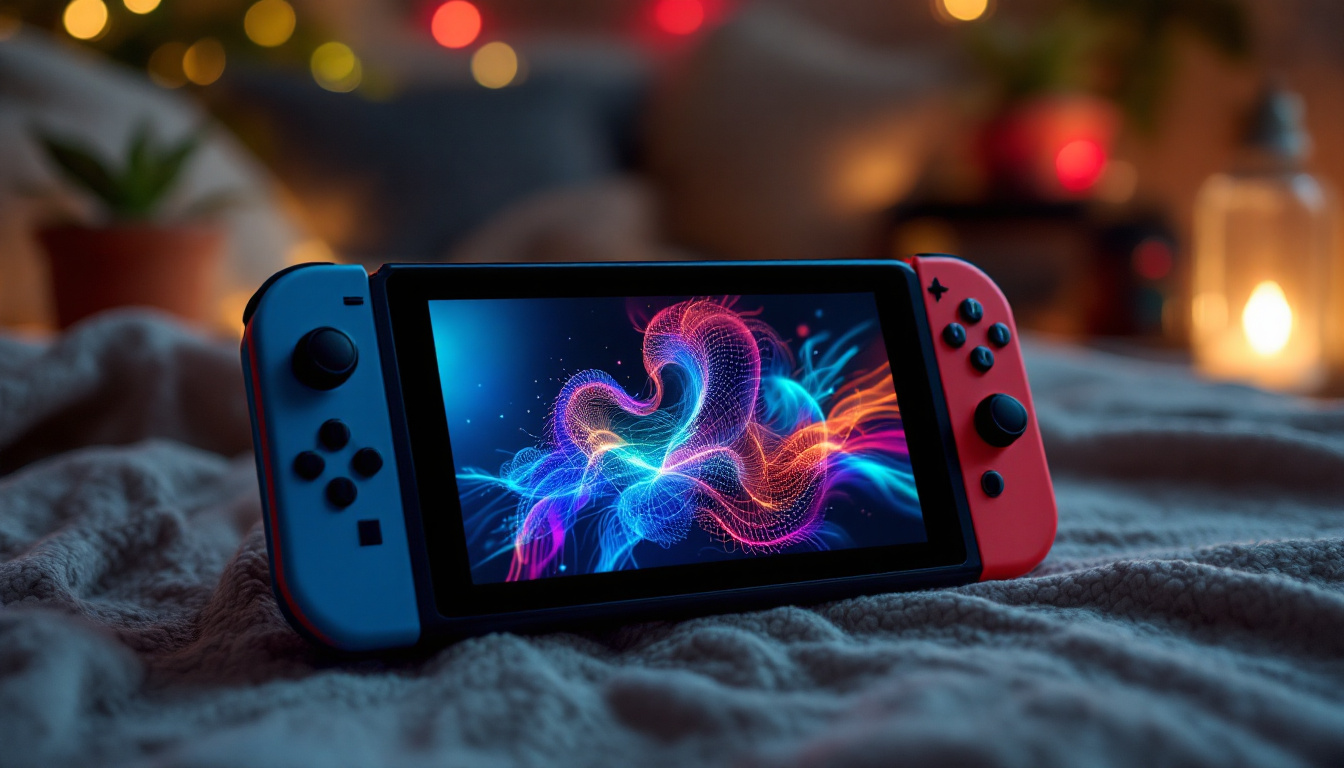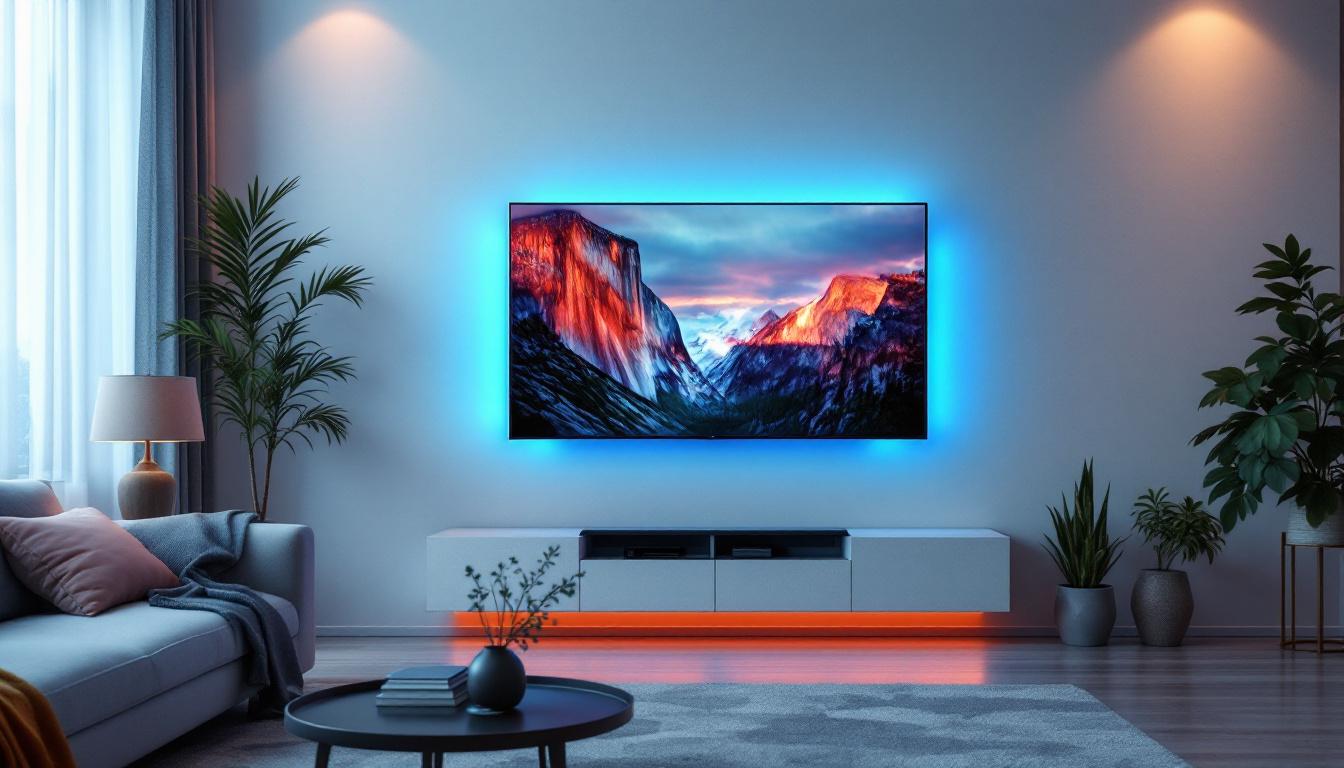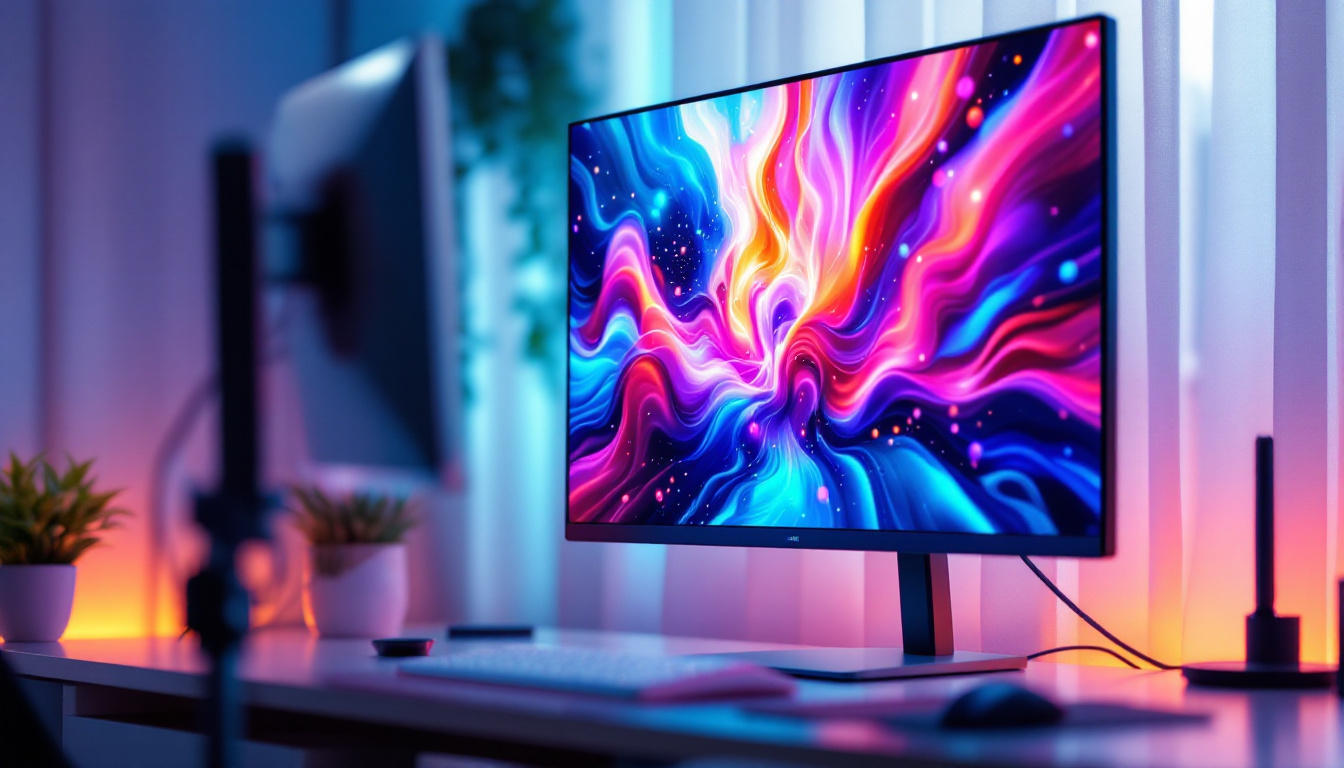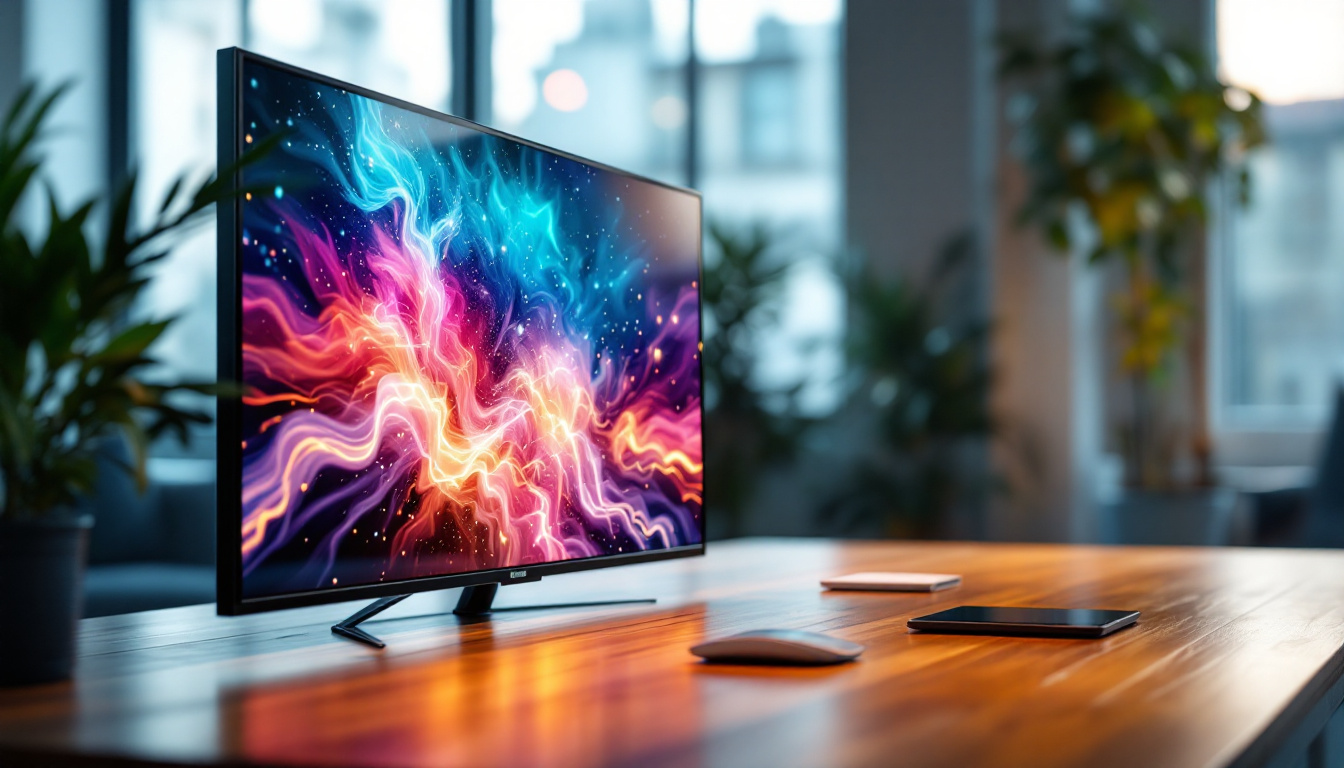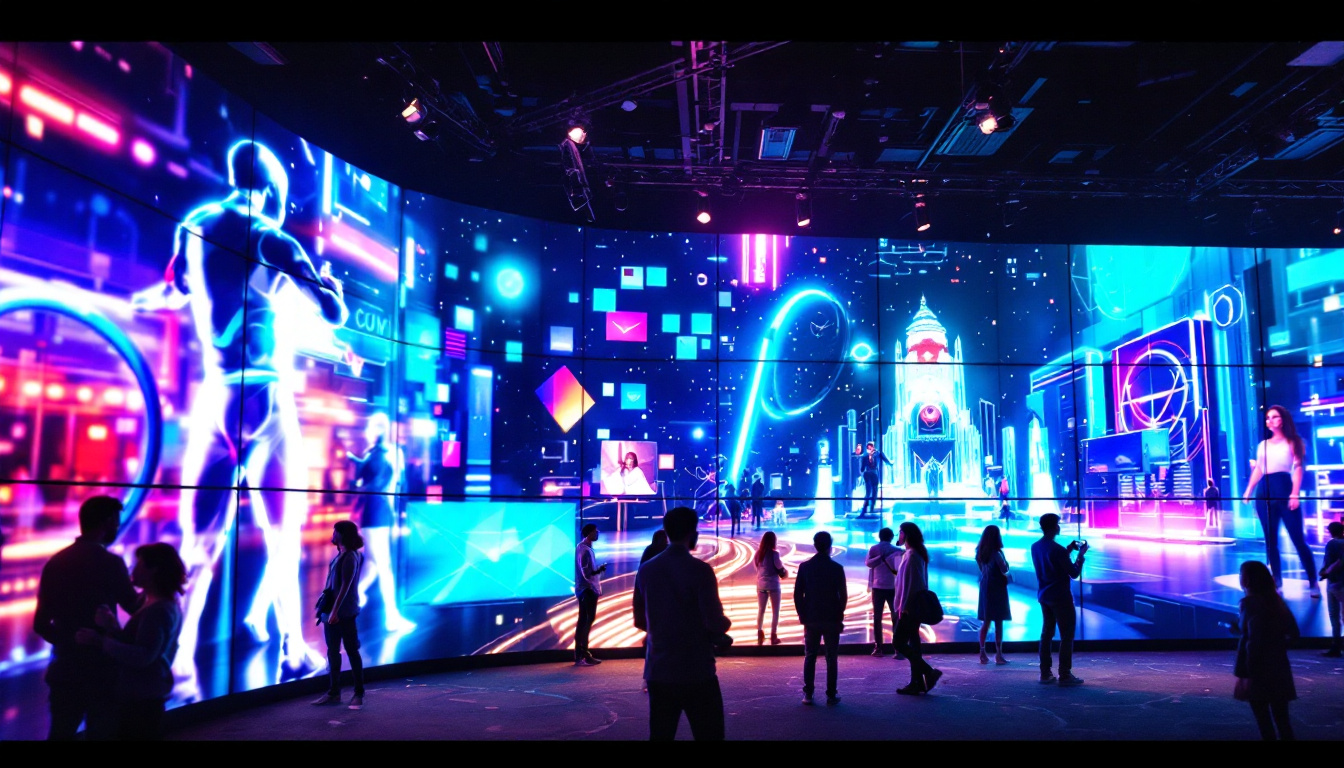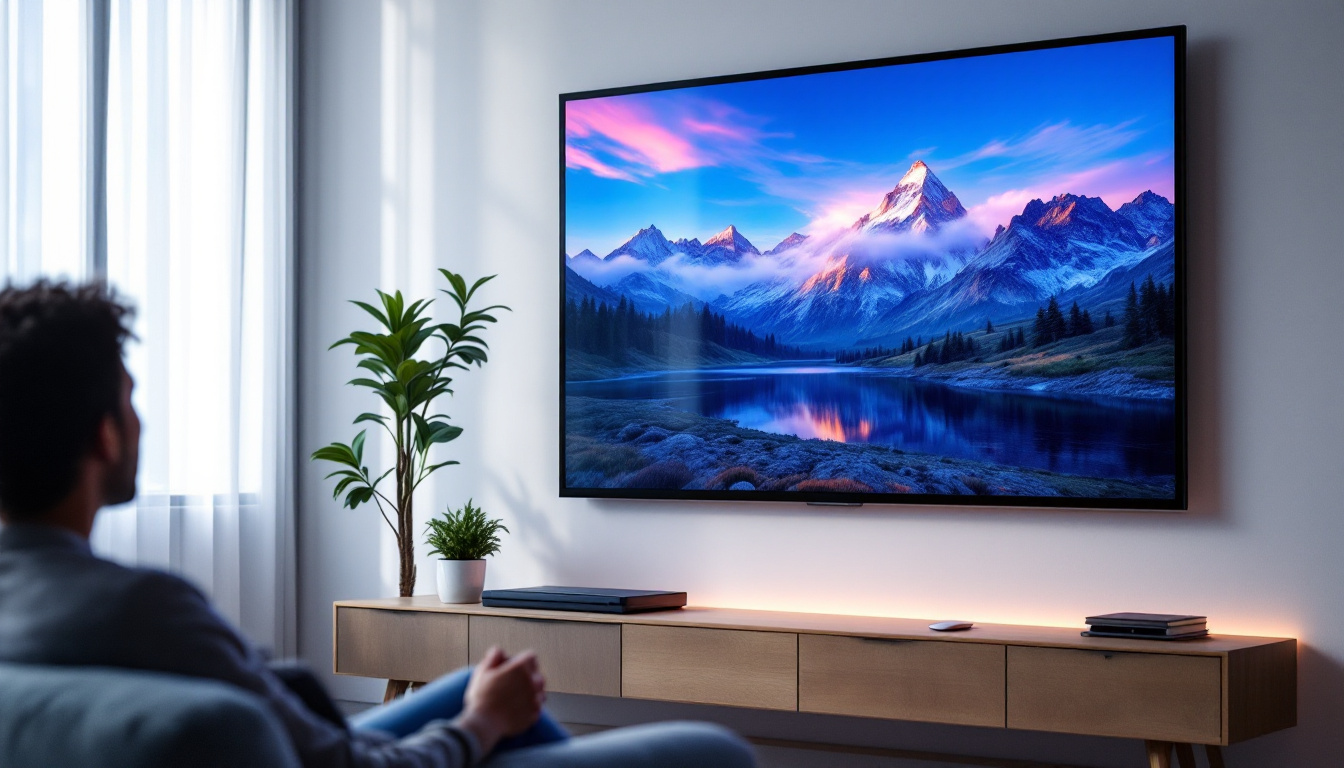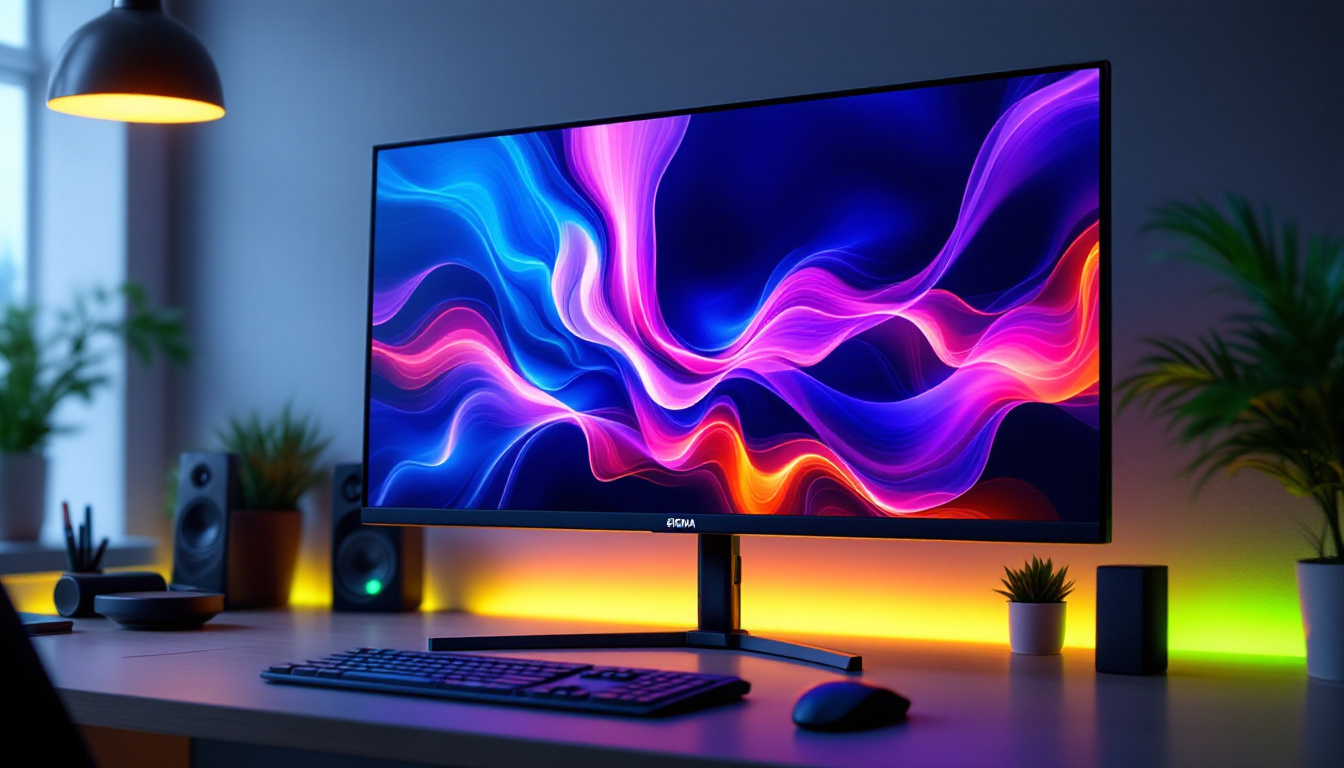The Nintendo Switch has revolutionized the gaming landscape since its launch in 2017. With its hybrid design, it allows players to enjoy games on a television or in handheld mode. One of the most intriguing features of the Switch is its display, which raises questions about its capabilities, particularly regarding touch functionality. This article delves into the specifics of the Nintendo Switch’s display, focusing on whether it has a touch screen and what that means for users.
Understanding the Nintendo Switch Display
The Nintendo Switch boasts a 6.2-inch LCD screen, which is notable for its vibrant colors and clarity. This display has been designed to enhance the gaming experience, whether players are using the console in handheld mode or docked to a television. The resolution of 1280 x 720 pixels provides a crisp image, but the question remains: is it a touch screen?
Touch Screen Capabilities
Yes, the Nintendo Switch does feature a touch screen. This functionality allows users to interact with the device in a more intuitive manner, similar to smartphones and tablets. The touch screen is capacitive, meaning it can detect multiple points of contact, which is essential for various gameplay mechanics and navigation within the system’s interface.
While the touch screen is a valuable addition, it is worth noting that not all games utilize this feature. Many titles are designed with traditional controls in mind, relying on the Joy-Con controllers or the Pro Controller for gameplay. However, there are several games that take full advantage of the touch screen, offering unique interactions and controls that enhance the gaming experience.
Benefits of a Touch Screen
The inclusion of a touch screen on the Nintendo Switch provides several benefits to users. First and foremost, it allows for more direct interaction with the console’s interface. Users can navigate menus, select games, and adjust settings with a simple tap or swipe, making the experience more user-friendly.
Additionally, the touch screen opens up new possibilities for game design. Developers can create games that utilize gestures, such as swiping or tapping, to perform actions within the game. This can lead to innovative gameplay mechanics that are not possible with traditional controllers alone.
Moreover, the touch screen enhances accessibility for players who may have difficulty using standard controllers. For example, individuals with limited mobility can benefit from the ability to use touch gestures to control gameplay, making the console more inclusive. This feature has encouraged developers to think creatively about how to design games that cater to a broader audience, leading to a richer gaming landscape.
Furthermore, the touch screen serves as a canvas for mini-games and interactive experiences that can be enjoyed in short bursts, perfect for on-the-go gaming. Titles like “1-2-Switch” showcase how the touch functionality can create engaging party games that rely on quick reflexes and intuitive controls. This versatility not only appeals to hardcore gamers but also attracts casual players looking for fun and accessible gaming options.
LED Display Explained
The Nintendo Switch’s display is an LCD (Liquid Crystal Display) rather than an LED (Light Emitting Diode) display. However, the term “LED display” is often used colloquially to refer to various types of screens, including LCDs that use LED backlighting. Understanding the difference between these technologies is essential for appreciating the Switch’s display capabilities.
LCD vs. LED Technology
LCD technology relies on liquid crystals that are illuminated by a backlight. In the case of the Nintendo Switch, this backlight is provided by LEDs, which enhance brightness and color accuracy. This combination results in a display that is both vibrant and energy-efficient, making it ideal for portable gaming.
On the other hand, true LED displays, such as OLED (Organic Light Emitting Diode), do not require a backlight. Each pixel emits its own light, allowing for deeper blacks and more vivid colors. While the Switch does not feature an OLED display, its LCD with LED backlighting still delivers impressive visuals that are well-suited for gaming.
Display Performance in Different Modes
The performance of the Nintendo Switch’s display varies depending on the mode in which it is being used. In handheld mode, the screen is designed to provide a clear and vibrant image, even in bright environments. The anti-glare coating helps reduce reflections, allowing players to enjoy their games without distractions.
When docked, the Switch outputs to a television, where the resolution is upscaled to 1080p. While the display quality may differ from that of dedicated home consoles, the transition between handheld and docked modes is seamless, allowing for a versatile gaming experience.
Moreover, the Switch’s display is also notable for its color reproduction capabilities. With a color gamut that covers a significant portion of the sRGB spectrum, players can expect rich and saturated colors that enhance the overall gaming experience. This is particularly evident in games with vibrant art styles, where the lush landscapes and character designs come to life. Additionally, the brightness levels can be adjusted to suit different lighting conditions, ensuring that gameplay remains enjoyable whether indoors or outdoors.
Another aspect to consider is the display’s responsiveness. The Nintendo Switch features a touchscreen that is not only useful for navigation but also for gameplay in certain titles. The touch response is quick and accurate, allowing for intuitive controls that can enhance gameplay mechanics. This feature, combined with the high refresh rate of the display, contributes to a smooth and fluid gaming experience, especially in fast-paced action games where every millisecond counts.
Touch Screen Games on the Nintendo Switch
Several games on the Nintendo Switch utilize the touch screen to enhance gameplay. These titles often incorporate unique mechanics that take advantage of the touch functionality, providing an engaging experience for players. The versatility of the Nintendo Switch allows it to be used in handheld mode, where the touch screen becomes a primary interface, making gaming more intuitive and accessible.
Popular Touch Screen Titles
Some of the most popular games that make use of the touch screen include:
- Animal Crossing: New Horizons – This life simulation game allows players to navigate menus and interact with their island using touch controls, making it easier to manage resources and customize their environment. The tactile feedback of the touch screen enhances the experience of planting flowers or rearranging furniture, making each action feel more personal and satisfying.
- Mario Kart 8 Deluxe – While primarily a racing game, players can use the touch screen to select options and navigate the game’s menus more efficiently. The ability to quickly access different vehicles and characters through touch makes preparing for races a seamless experience, allowing players to focus more on the thrilling action of the race itself.
- Fire Emblem: Three Houses – This tactical RPG incorporates touch controls for navigating the game’s complex menus and maps, enhancing the overall experience. Players can easily zoom in and out of battlefields or select units with a simple tap, making strategic planning more fluid and engaging.
Future of Touch Screen Gaming
The success of touch screen functionality on the Nintendo Switch has opened the door for future innovations in gaming. As developers continue to explore the possibilities of touch interactions, players can expect to see more titles that leverage this technology in creative ways. The potential for augmented reality and virtual reality experiences that utilize touch screens could further transform how players interact with their games, blurring the lines between digital and physical worlds.
Moreover, as gaming hardware evolves, the integration of touch screens may become more common across various platforms. This could lead to a new era of gaming where touch interactions are a standard feature, enhancing user engagement and gameplay experiences. The rise of mobile gaming has already shown that players enjoy tactile experiences, and as consoles adapt, we might see hybrid gameplay that combines traditional controls with touch mechanics, providing a richer and more immersive gaming landscape.
Comparing the Switch to Other Consoles
When considering the Nintendo Switch’s touch screen capabilities, it is essential to compare it to other gaming consoles. Each platform has its unique features and strengths, influencing how players interact with their games.
Handheld Consoles
Handheld consoles, such as the PlayStation Vita, also feature touch screens. The Vita’s OLED display provides vibrant colors and deep blacks, enhancing the visual experience. However, the Switch’s hybrid design allows for a more versatile gaming experience, as it can be used both as a handheld console and a home console.
While the Vita has a strong library of games that utilize its touch screen, the Switch’s extensive library and the ability to play on a larger screen give it an edge in terms of overall functionality.
Home Consoles
Home consoles like the PlayStation 5 and Xbox Series X do not feature touch screens. Instead, they rely on traditional controllers for navigation and gameplay. While this approach has its advantages, it limits the ways in which players can interact with their games.
The Switch’s touch screen allows for a more interactive experience, particularly for certain genres of games. This unique feature sets it apart from other home consoles, appealing to a broader audience, including casual gamers and families.
Conclusion: The Impact of Touch Screen Technology on Gaming
The Nintendo Switch’s touch screen is a significant feature that enhances the overall gaming experience. By allowing for more intuitive interactions and innovative gameplay mechanics, it has set a new standard for what players can expect from portable and home consoles alike.
As the gaming industry continues to evolve, the integration of touch screen technology is likely to become more prevalent. The success of the Switch demonstrates that players appreciate the added layer of interactivity that touch screens provide, paving the way for future innovations in gaming hardware and software.
In summary, the Nintendo Switch’s touch screen is not just a gimmick; it is a vital component that enhances the gaming experience, making it a standout device in an increasingly competitive market. As technology advances, players can look forward to even more exciting developments in the realm of touch screen gaming.
Enhance Your Gaming Experience with LumenMatrix
As you embrace the interactive world of touch screen gaming with the Nintendo Switch, imagine the possibilities with advanced LED display technology. LumenMatrix, a leader in LED display innovation, offers a range of solutions that can transform your gaming environment. From Indoor and Outdoor LED Wall Displays to immersive Floor and Custom LED Displays, LumenMatrix is at the forefront of creating visual experiences that captivate and engage. Elevate your gaming setup or explore new dimensions in digital signage by visiting LumenMatrix LED Display Solutions and discover how you can share your message with impact and unparalleled clarity.

